STEM, STEAM, STREAM…. SCREAM?!
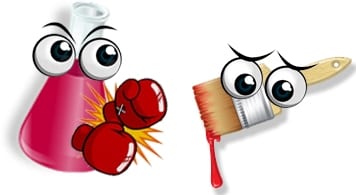

Is it STEM or STEAM? Why not STREAM? This battle of acronyms makes me want to SCREAM! I am not sure how long the acronym STEM (Science, Technology, Engineering & Math) has been around, but the new buzzword is STEAM (sprinkle in the Arts), and it seems to be gaining steam in popularity. Why not […]
A Case for Engineering in K-12
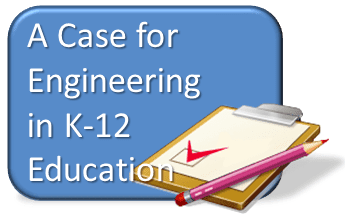

In order to meet the forecasted demands for U.S. Labor in technical areas that require scientific and mathematical training, it is imperative that educators and students begin to understand STEM professions and the role of engineers. By advocating science and math in a more holistic, inclusive and social context, more students will develop confidence in these subjects and be prepared to pursue a career in engineering. This article is useful for parents, educators, counselors, and administrators.
What is Design? Design is Creativity Unleashed


Can you teach creativity in design? YES! By providing opportunity for students to learn to construct their own problems and to become comfortable with ambiguity all within an environment that fosters independent resourcefulness, a student can develop creativity. If we want to educate engineers to be expert designers, it is best to start this process early so that it becomes an adaptive expertise.
Women in STEM: Wanda Gass
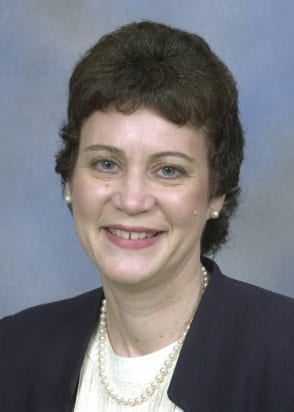

A renowned leader, both technically and civically, Wanda Gass has worked diligently to improve the workplace environment for women engineers and to empower girls to pursue careers in science, technology, engineering and math. Wanda worked at Texas Instruments (TI) for the last thirty years, where she became one of the highest ranking female technical leaders […]
Women in STEM: Erna Schneider Hoover
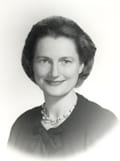

A pioneer in her field, Erna Schneider Hoover overcame countless challenges in a man’s world. If not for women like Erna who have worked to improve the landscape for women in technical fields, people like myself, a young female engineer, would not have the opportunities we are frequently afforded today. Read Mrs. Hoover’s biography…
Model Eliciting Activity: Green Roof
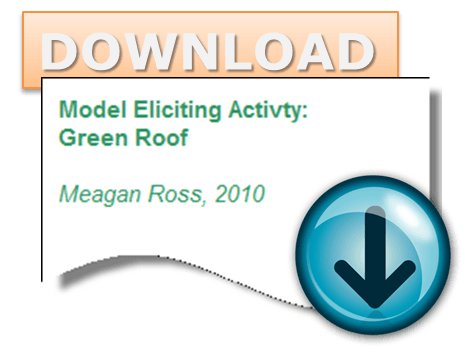

This is a model eliciting activity for high school students who have had algebra, examining rooftop gardens for commercial buildings. Model-eliciting activities (MEAs) are activities that encourage students to invent and test models. They are posed as open-ended problems that are designed to challenge students to build models in order to solve complex, real-world problems.
Leadership Comes Full Circle
Being a leader means many things, but one of the most important qualities is that someone actually follows your lead. Here I was talking to the man that inspired my mission to share my work and contribute to something greater than myself. He challenged me to share, and that is exactly what drew him to my website this week. I was blown away at how small the world had just become, and how one man’s mission to lead had come full circle…
Key Engineering Education Reports
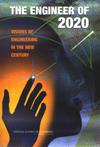

Here are eight key reports from The National Academies Press by The National Academy of Engineering related to engineering education. These reports guide future research and inform policy. Each of these can be read in full online, or you can simply view the executive summaries for a brief overview. Changing the Conversation: Messages for Improving Public […]
Top 4 Attributes: <br> University Engineering Education Programs


With the current direction of education reform, and the national priority to improve STEM education, a focus on engineering education will become vital for universities in order to produce engineering graduates that meet industry needs, and educators equipped to teach the next generation of engineers. Read for four key attributes for a university engineering education program.
Evaluation Framework for Engineering Education Curriculum
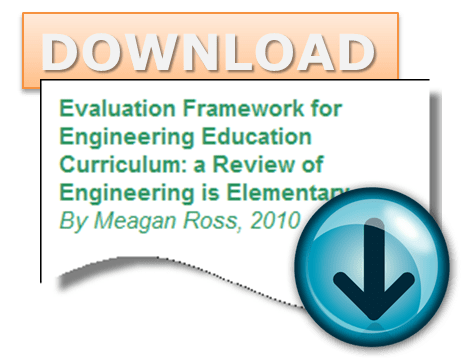

This paper introduces a framework and rubric for evaluation of K-12 engineering education curriculum, based on engineering education literature and the Wiggins & McTighe process known as Backwards Design. This process is an alignment of content, assessment, and pedagogy, the three components used as the measure of quality programmatic elements. The rubric defined in this paper will be useful to teachers, administrators, and curriculum developers of engineering education curriculum.

